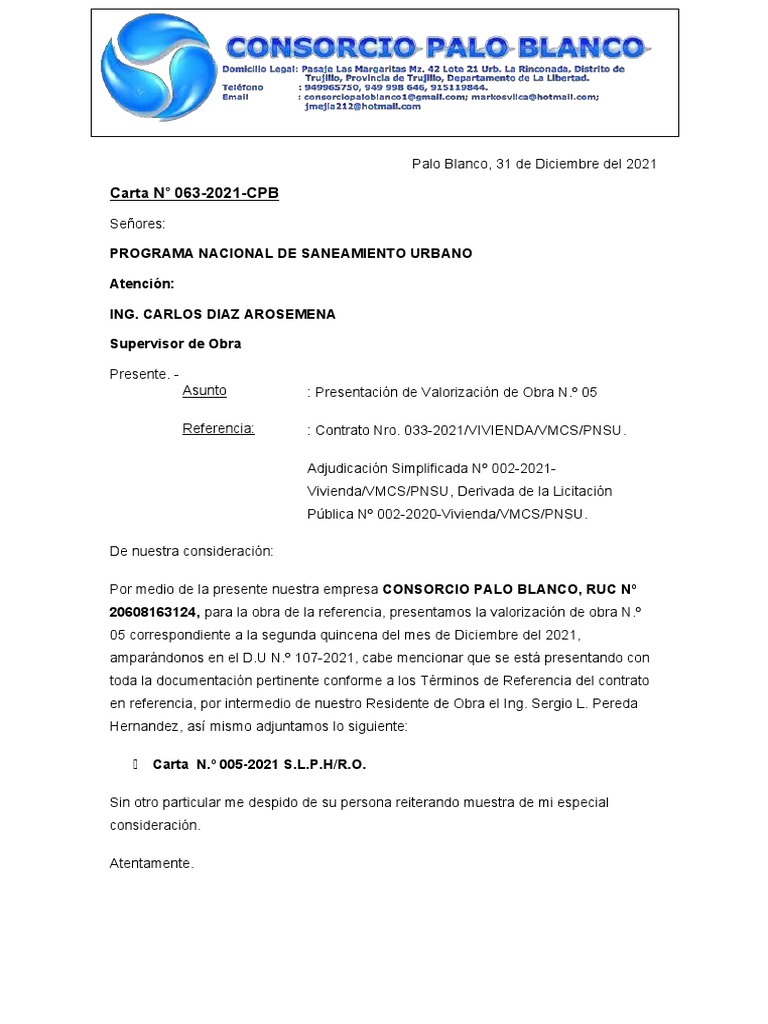Rare Earth Minerals And The Emerging Cold War Conflict

Table of Contents
What are Rare Earth Minerals and Why are They Important?
Rare earth minerals, or rare earth elements (REEs), are a group of 17 chemically similar elements found in the periodic table. Their unique magnetic, luminescent, and catalytic properties make them irreplaceable in numerous high-tech applications. These "critical minerals" are not actually rare in terms of overall abundance in the Earth's crust, but their extraction and processing are complex and costly. This is why their distribution and availability are of significant concern.
Their importance stems from their crucial role in:
- Green Technologies: REEs are essential for the powerful permanent magnets used in wind turbine generators and electric vehicle motors, vital components of the global transition to clean energy. Their use is also critical in energy-efficient lighting technologies.
- Military Applications: From advanced guided missile systems to sophisticated radar and sonar technology, the military applications of REEs are extensive, making them critical for national security. Their use in defense technologies ensures strategic advantages in global power dynamics.
- Consumer Electronics: Smartphones, laptops, tablets – the ubiquitous consumer electronics we rely on daily all depend heavily on REEs for their functionality. The production of these materials is intrinsically linked to our daily lives.
The irreplaceable nature of REEs in many applications underlines their strategic importance and makes secure access to them a matter of national interest for many countries. Dependence on a limited number of suppliers for these essential elements creates significant vulnerabilities.
China's Dominance in Rare Earth Mining and Processing
China holds an overwhelmingly dominant position in the global rare earth supply chain, controlling an estimated 60-70% of global production and processing. This dominance has significant geopolitical implications:
- Global Trade Imbalance: China's control allows it to exert significant influence on global markets, potentially influencing prices and restricting supply to specific nations. This creates an uneven power dynamic in the global economy.
- Geopolitical Leverage: This strategic resource advantage provides China with considerable leverage in international relations, impacting trade negotiations and diplomatic strategies.
- Export Controls and Resource Nationalism: China's export policies regarding REEs have historically been subject to changes, causing concern and uncertainty among importing countries, triggering efforts to mitigate their over-reliance on Chinese supplies.
The potential for China to use its rare earth dominance as a geopolitical tool poses a significant challenge to global stability and necessitates diversification efforts by other nations.
Diversification Efforts and the Search for Alternatives
Recognizing the risks associated with reliance on China, the US, the EU, and other countries are actively pursuing strategies to diversify their sources of rare earth minerals. However, this is proving challenging:
- Environmental Concerns: Rare earth mining can have significant environmental consequences, including water pollution and habitat destruction, necessitating careful environmental impact assessments and sustainable practices.
- High Capital Costs: Establishing new mines and processing facilities requires substantial capital investment, making it a costly endeavor for many nations.
- Technological Expertise: The processing of REEs is technologically complex and requires specialized knowledge and infrastructure.
Despite these hurdles, efforts are underway to:
- Develop domestic mining and processing capabilities: Many countries are investing in exploration and developing their own rare earth mineral resources.
- Explore alternative sourcing: Countries are looking at diverse sources and engaging in bilateral agreements for secured supplies.
- Increase recycling and urban mining: Recycling spent electronics and other products containing REEs can help reduce dependence on primary mining.
The transition to more sustainable and diversified sources of rare earth minerals is crucial for long-term resource security and global stability.
The Implications for International Relations and Geopolitical Stability
The competition for rare earth minerals is escalating tensions between major global powers and creating new fault lines in international relations:
- Geopolitical Risks: The potential for conflict or resource wars in regions rich in REEs is a serious concern.
- Trade Wars: The use of rare earth minerals as a trade weapon is a potential escalatory factor in existing trade disputes.
- New Alliances: The need to secure rare earth supplies may foster new strategic alliances and trade agreements.
International cooperation and diplomacy are essential to mitigate these risks and prevent conflict. Agreements promoting transparency, responsible resource management, and equitable access to these critical minerals are necessary to avoid a resource-driven confrontation.
Conclusion: Navigating the Rare Earth Minerals Challenge
The strategic importance of rare earth minerals in the 21st century cannot be overstated. Their role in shaping the emerging Cold War is clear, emphasizing the need for diversified and sustainable sourcing strategies. China's dominant position presents significant geopolitical challenges, necessitating international collaboration to avoid conflict over these vital resources. We must prioritize responsible resource management, invest in recycling technologies, and foster international cooperation to prevent future conflicts driven by rare earth element scarcity. Learn more about the issues surrounding rare earth minerals, and advocate for policies that support sustainable rare earth mining practices and international agreements ensuring equitable access to these critical resources. The future of technological advancement and global stability hinges on our ability to navigate this challenge effectively.

Featured Posts
-
 Knicks Josh Hart New Franchise Record For Triple Doubles
May 17, 2025
Knicks Josh Hart New Franchise Record For Triple Doubles
May 17, 2025 -
 Will Tom Cruise Ever Pay Tom Hanks His 1 The Enduring Hollywood Anecdote
May 17, 2025
Will Tom Cruise Ever Pay Tom Hanks His 1 The Enduring Hollywood Anecdote
May 17, 2025 -
 Ignoring Student Loan Payments The Impact On Your Credit Score
May 17, 2025
Ignoring Student Loan Payments The Impact On Your Credit Score
May 17, 2025 -
 Is Josh Hart The Knicks Version Of Draymond Green Analyzing His Contributions
May 17, 2025
Is Josh Hart The Knicks Version Of Draymond Green Analyzing His Contributions
May 17, 2025 -
 Major Advertisers Dismiss Musks Boycott Accusations
May 17, 2025
Major Advertisers Dismiss Musks Boycott Accusations
May 17, 2025
Latest Posts
-
 Stream Alexander Skarsgard In Murderbot Premiere Date And Time Details
May 17, 2025
Stream Alexander Skarsgard In Murderbot Premiere Date And Time Details
May 17, 2025 -
 Murderbot Premiere Date And Time Where To Stream Alexander Skarsgards New Series
May 17, 2025
Murderbot Premiere Date And Time Where To Stream Alexander Skarsgards New Series
May 17, 2025 -
 La Olimpiada Nacional Conociendo Al Representante De Reynosa David Del Valle Uribe
May 17, 2025
La Olimpiada Nacional Conociendo Al Representante De Reynosa David Del Valle Uribe
May 17, 2025 -
 David Del Valle Uribe Su Participacion En La Olimpiada Nacional Representando A Reynosa
May 17, 2025
David Del Valle Uribe Su Participacion En La Olimpiada Nacional Representando A Reynosa
May 17, 2025 -
 Reynosa En La Olimpiada Nacional El Destacado Desempeno De David Del Valle Uribe
May 17, 2025
Reynosa En La Olimpiada Nacional El Destacado Desempeno De David Del Valle Uribe
May 17, 2025
